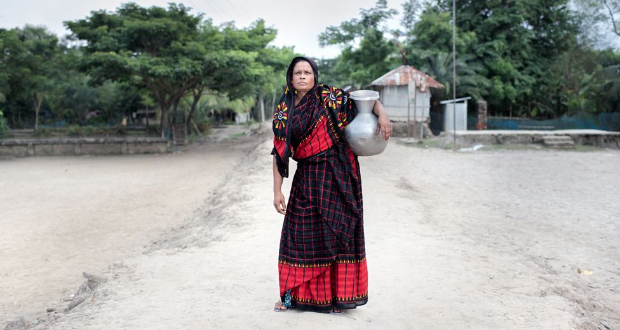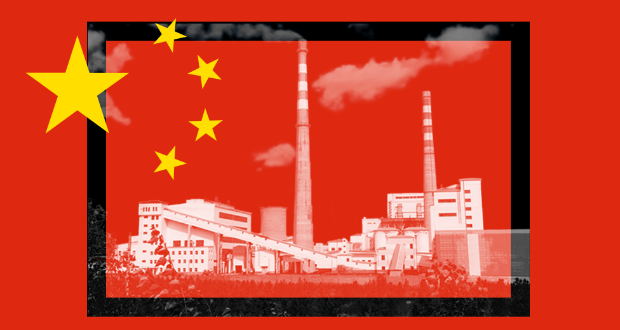CSIS has drawn from original research and a series of high-level discussions with global thought leaders to explore the evolving contours of this order, its future dynamics, and the most effective pathways for U.S. engagement.
Right after Russia invaded Ukraine in February 2022, the United States tried to get the world involved. Washington’s allies in Europe and Asia were quick to condemn Moscow’s aggressive actions and sanction the Russian regime, but much of the world held back.
Six weeks after the invasion, for example, the UN General Assembly voted on whether to suspend Russia from the Human Rights Council in response to Russia’s “gross and systematic violations of human rights.” Twenty-four countries opposed the measure, and fifty-eight countries abstained.
Those are striking numbers. But as striking as they are, even more notable is what they represent. The opposition tallied 2.1 billion people and $21.8 trillion in GDP. The abstainers included another 3.6 billion people and $15.1 trillion in GDP.
Many of those refusing to punish Russia were members of the Global South—a diverse but increasingly populous and wealthy group of states that will be vital to addressing all of the world’s most challenging problems: disease, climate change, the trafficking of persons and goods, informal migration, and more.




